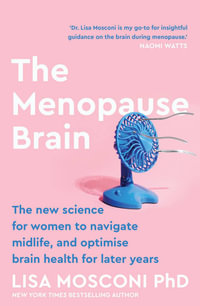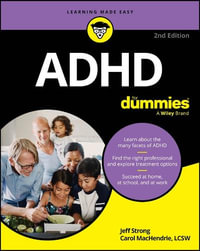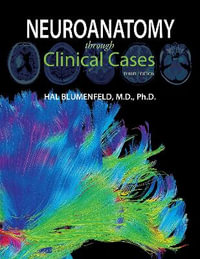| Preface | |
| Acknowledgments | |
| Scientific Committee | |
| Opening address by the University Chancellor Stig Hagstrom | |
| Participants of the International Symposium at the Wenner-Gren Center, Stockholm | |
| CNS pathways, single unit, neural population and structural correlates of the accommodative system | |
| Neuronal circuits for accommodation and vergence in the primate | p. 1 |
| Neural codes for three-dimensional space | p. 11 |
| Neuronal connectivity between the accommodative and active fixation systems | p. 21 |
| The Pupillary light reflex, accommodation and convergence: Comparative considerations | p. 31 |
| Vergence eye movement and lens accommodation: Cortical processing and neuronal pathway | p. 43 |
| Research on dynamic accommodation using TDO III (Three Dimensional Optometer III) and MEG (Magnetoencephalography) | p. 51 |
| Neuroanatomical correlates of the near response: Voluntary modulation of accommodation in the human visual system | p. 67 |
| Functional neuroanatomy of the human near/far response of the visual system to blur cues: Fixation to point targets at different viewing distances | p. 79 |
| Spatial contrast sensitivity and visual accommodation studied with VEP (Visual Evoked Potential), PET (Position Emission Tomography) and psychophysical techniques | p. 91 |
| Autonomic nervous system, microfluctuations and resting state of accommodation | |
| Accommodation and the through-focus changes of the retinal image | p. 115 |
| A mechanism for steady-state control of accommodation | p. 129 |
| Pharmacology of accommodative adaptation | p. 141 |
| Behavioral links between the oculomotor and cardiovascular systems | p. 151 |
| Developmental/functional aspects of accommodation | |
| Development of accommodation and vergence in infancy | p. 161 |
| The accommodative response to blur in myopic children | p. 171 |
| The role of muscarinic antagonists in the control of eye growth and myopia | p. 183 |
| Accommodation, age and presbyopia | p. 193 |
| Chromatic stimulus for accommodation to stationary and moving targets | p. 201 |
| Error signal detection and dynamics of accommodation | p. 213 |
| Mode switching in control of accommodation | p. 225 |
| A modified control model for steady-state accommodation | p. 235 |
| Binocular accommodation | p. 245 |
| Health and clinical aspects of accommodation/vergence | |
| Vertical vergence - normal function and plasticity | p. 257 |
| Predicting accommodative performance in difficult conditions: a behavioral analysis of normal variations of accommodation | p. 273 |
| The influence of oculomotor function on the optical correction for night myopia | p. 285 |
| Effects of neck muscles proprioception on eye position and vergence movements | p. 293 |
| Accommodation/vergence/fixation disparity and synergism of head, neck and shoulders | p. 303 |
| Changes in accommodation and vergence following 2 hours movie viewing through bi-ocular head-mounted display | p. 313 |
| Development of myopia due to environmental problems. A possible interaction of anti-cholinesterase compounds examined by accommodative adaption | p. 327 |
| Epilogue: Nearwork and visual well-being: A possible contribution of neuroscience | p. 341 |
| Subject Index | p. 345 |
| Table of Contents provided by Blackwell. All Rights Reserved. |

























